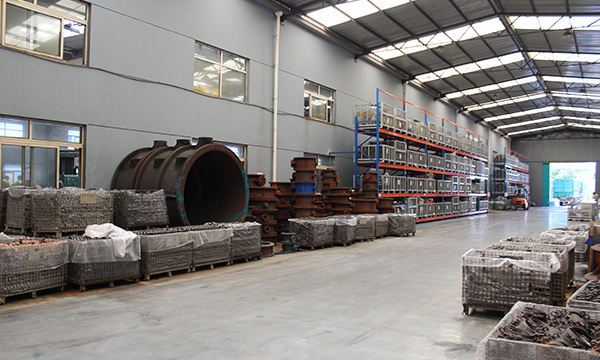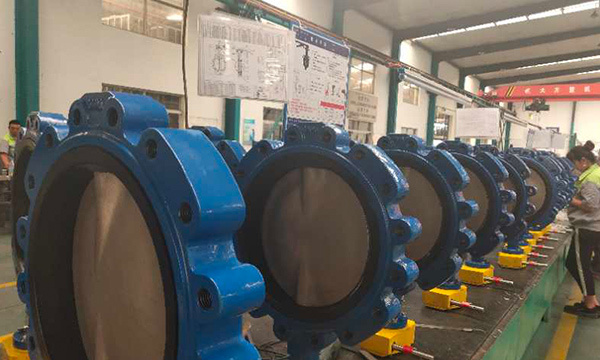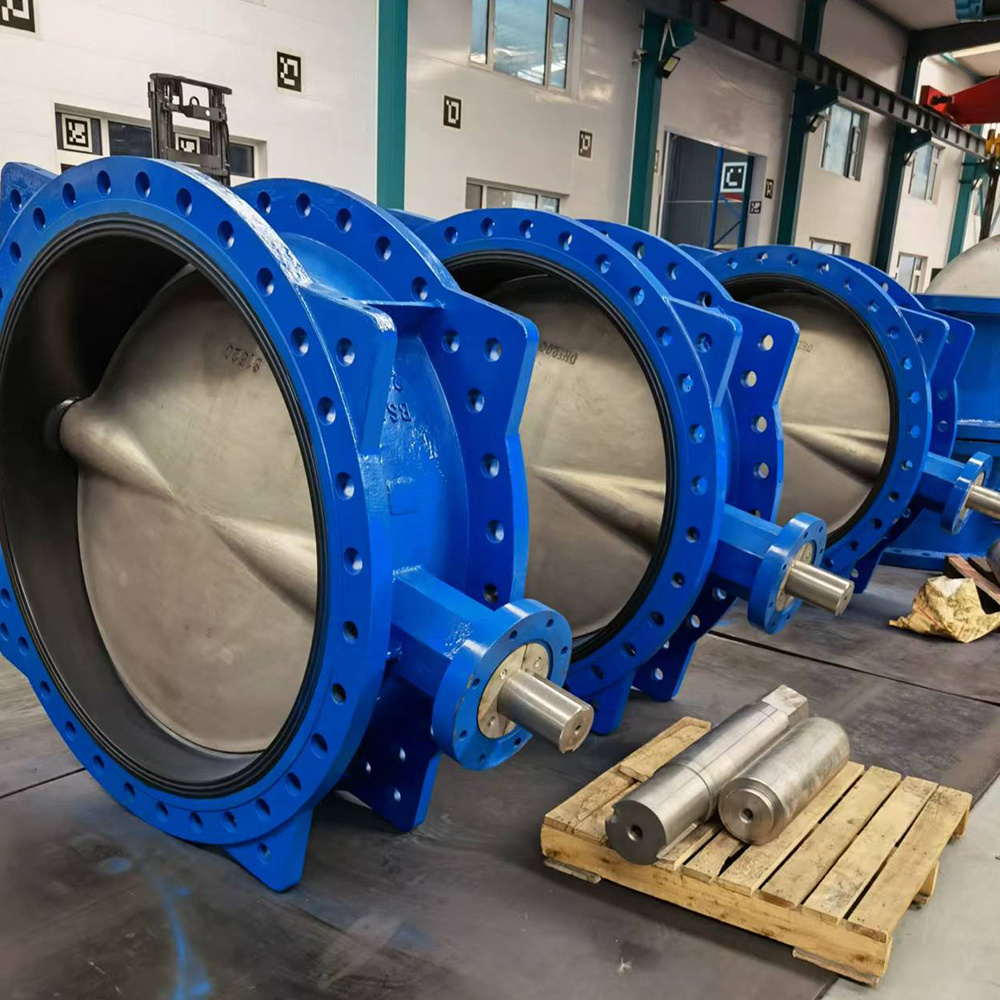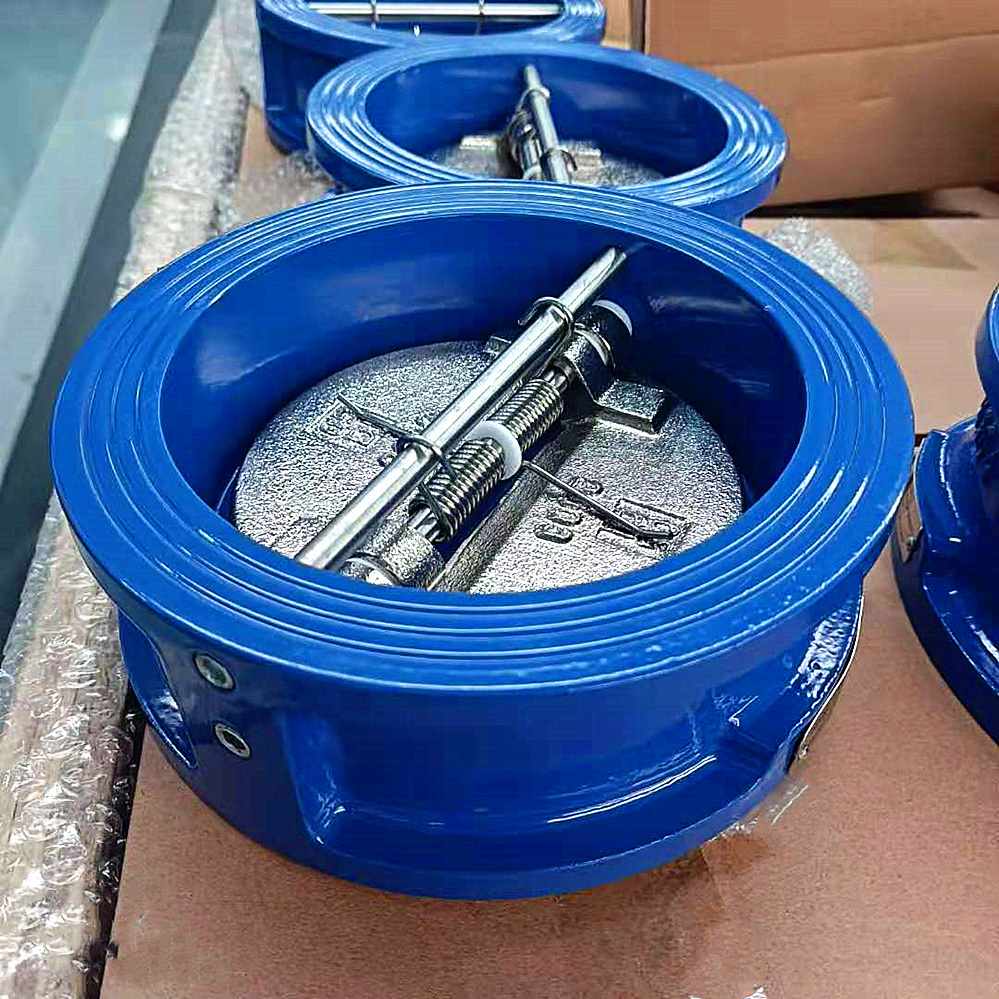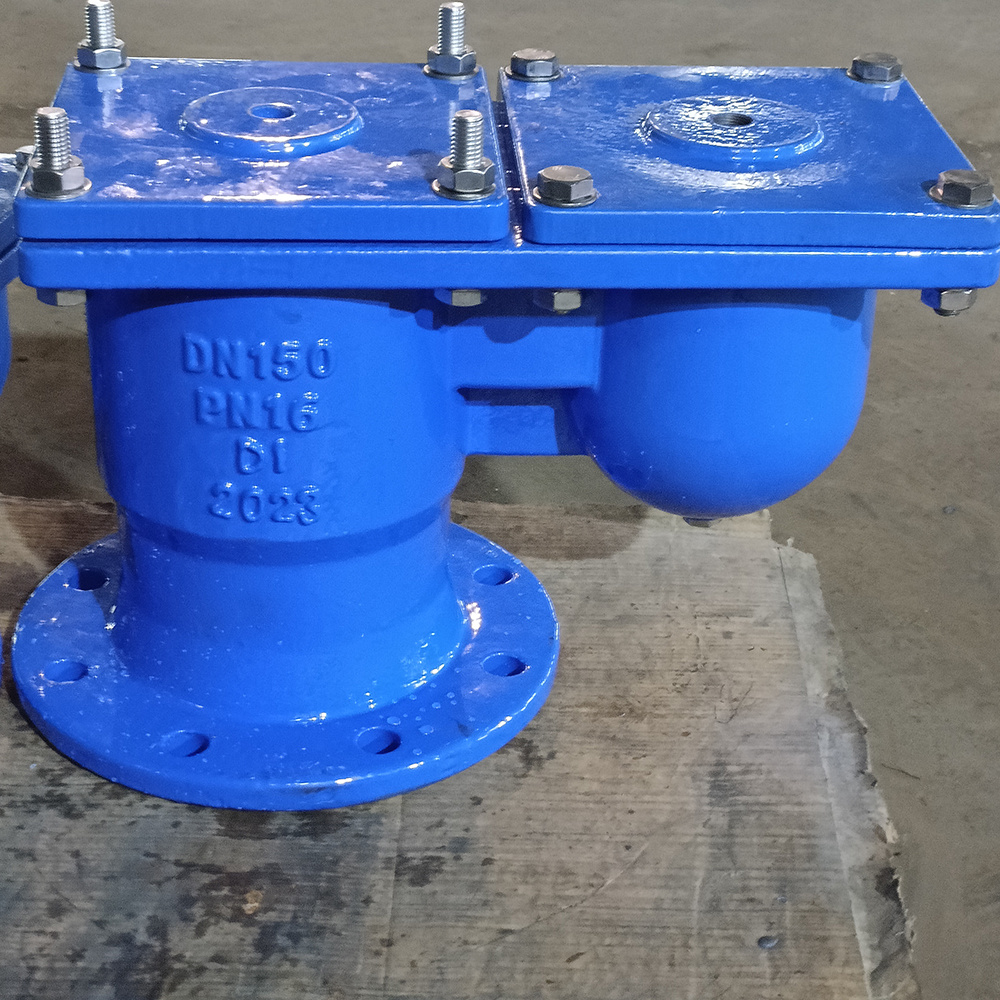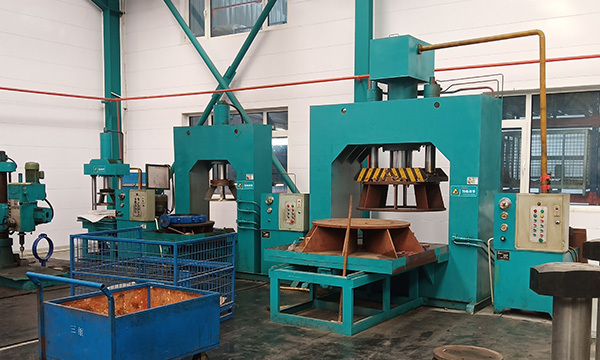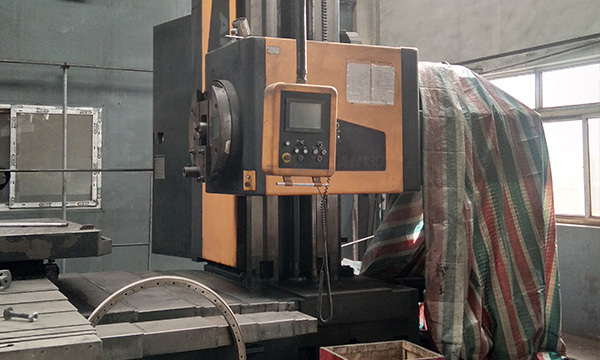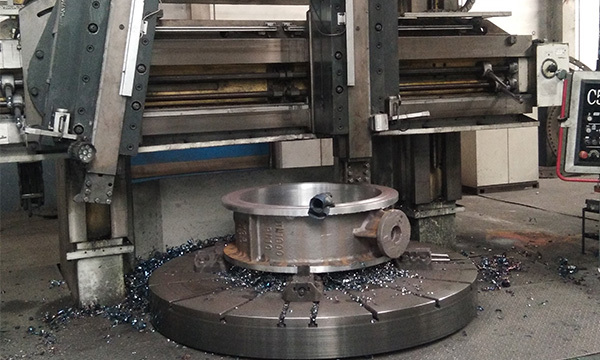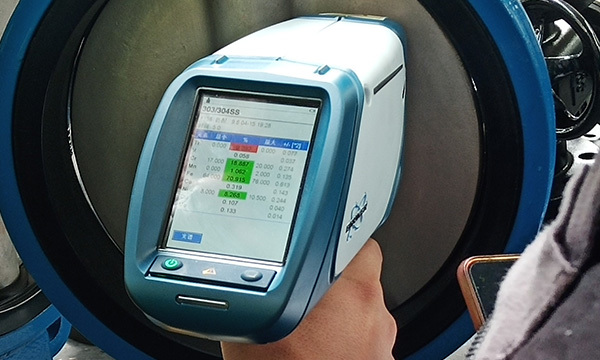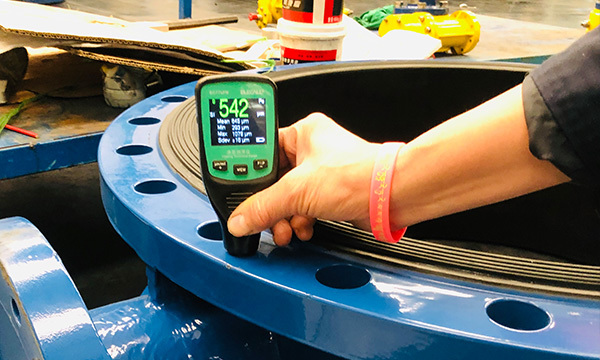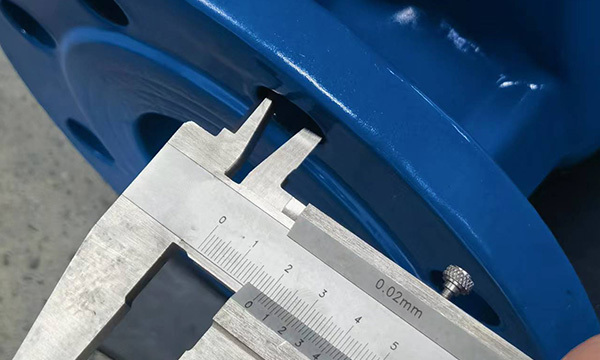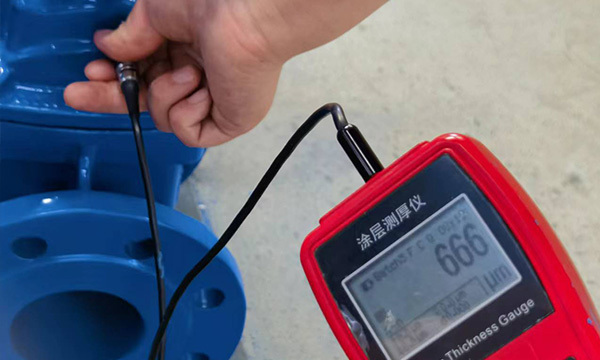The Essential Guide to Single Disc Check Valves: Understanding Functionality and Applications
2025-07-25
Single disc check valves are a unique type of one-way valve designed to prevent backflow in piping systems. Their simplicity and reliability make them an integral component in various industrial applications, including water treatment, oil and gas, and chemical processing. Unlike traditional check valves that may utilize multiple moving parts, single disc check valves operate with a single disc that opens and closes based on the flow direction, providing a more streamlined design that enhances efficiency.
One of the primary advantages of single disc check valves is their reduced maintenance requirements. With fewer components to wear out or fail, these valves are less prone to mechanical issues, leading to increased reliability in critical systems. Additionally, their lightweight and compact design allow for easier installation and integration into existing systems, making them a preferred choice for engineers and system designers.
Single disc check valves function by utilizing a disc that pivots on a hinge or is mounted on a spring. When fluid flows in the forward direction, the disc moves away from the seat, allowing passage. However, if the flow reverses, the disc closes against the seat, effectively blocking backflow. This mechanism ensures that the medium moves in only one direction, which is essential for maintaining system integrity and preventing contamination.
In terms of materials, single disc check valves are often constructed from corrosion-resistant materials such as stainless steel, PVC, or brass, tailored to suit the specific requirements of the fluid being handled. These materials not only enhance durability but also ensure compatibility with various chemical environments, further broadening their application range.
From an engineering perspective, it is critical to select the appropriate size and pressure rating for a single disc check valve to ensure optimal performance. Factors such as flow rate, pipe size, and system pressure must be carefully considered during the selection process. Additionally, understanding the specific application requirements, such as temperature variations and potential fluid characteristics, can guide engineers in making informed decisions.
In conclusion, single disc check valves are a vital component in modern fluid control systems, offering simplicity, reliability, and reduced maintenance. Their unique design and operational efficiency make them suitable for a wide range of industrial applications. As researchers and engineers continue to explore advancements in valve technology, understanding the functionality and applications of single disc check valves will remain essential for optimizing system performance and efficiency.
One of the primary advantages of single disc check valves is their reduced maintenance requirements. With fewer components to wear out or fail, these valves are less prone to mechanical issues, leading to increased reliability in critical systems. Additionally, their lightweight and compact design allow for easier installation and integration into existing systems, making them a preferred choice for engineers and system designers.
Single disc check valves function by utilizing a disc that pivots on a hinge or is mounted on a spring. When fluid flows in the forward direction, the disc moves away from the seat, allowing passage. However, if the flow reverses, the disc closes against the seat, effectively blocking backflow. This mechanism ensures that the medium moves in only one direction, which is essential for maintaining system integrity and preventing contamination.
In terms of materials, single disc check valves are often constructed from corrosion-resistant materials such as stainless steel, PVC, or brass, tailored to suit the specific requirements of the fluid being handled. These materials not only enhance durability but also ensure compatibility with various chemical environments, further broadening their application range.
From an engineering perspective, it is critical to select the appropriate size and pressure rating for a single disc check valve to ensure optimal performance. Factors such as flow rate, pipe size, and system pressure must be carefully considered during the selection process. Additionally, understanding the specific application requirements, such as temperature variations and potential fluid characteristics, can guide engineers in making informed decisions.
In conclusion, single disc check valves are a vital component in modern fluid control systems, offering simplicity, reliability, and reduced maintenance. Their unique design and operational efficiency make them suitable for a wide range of industrial applications. As researchers and engineers continue to explore advancements in valve technology, understanding the functionality and applications of single disc check valves will remain essential for optimizing system performance and efficiency.
single disc check valve


